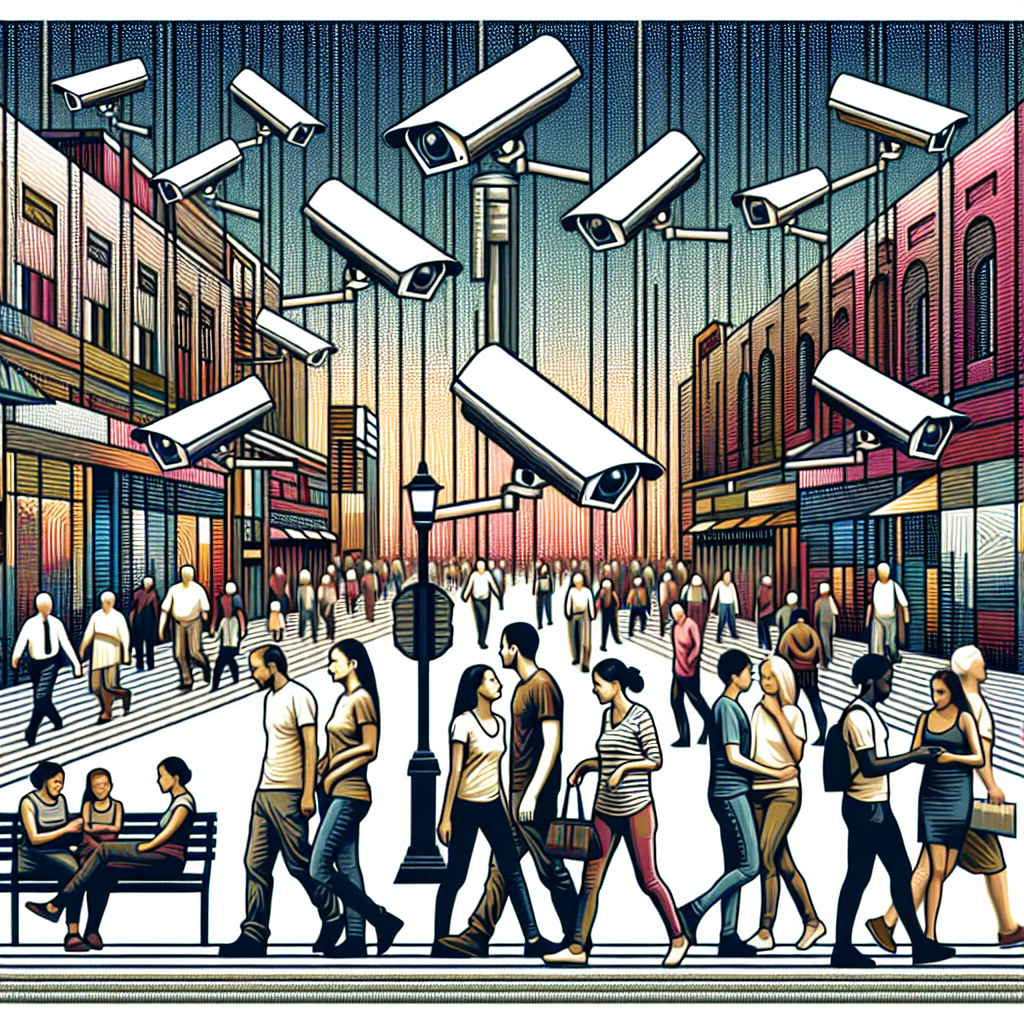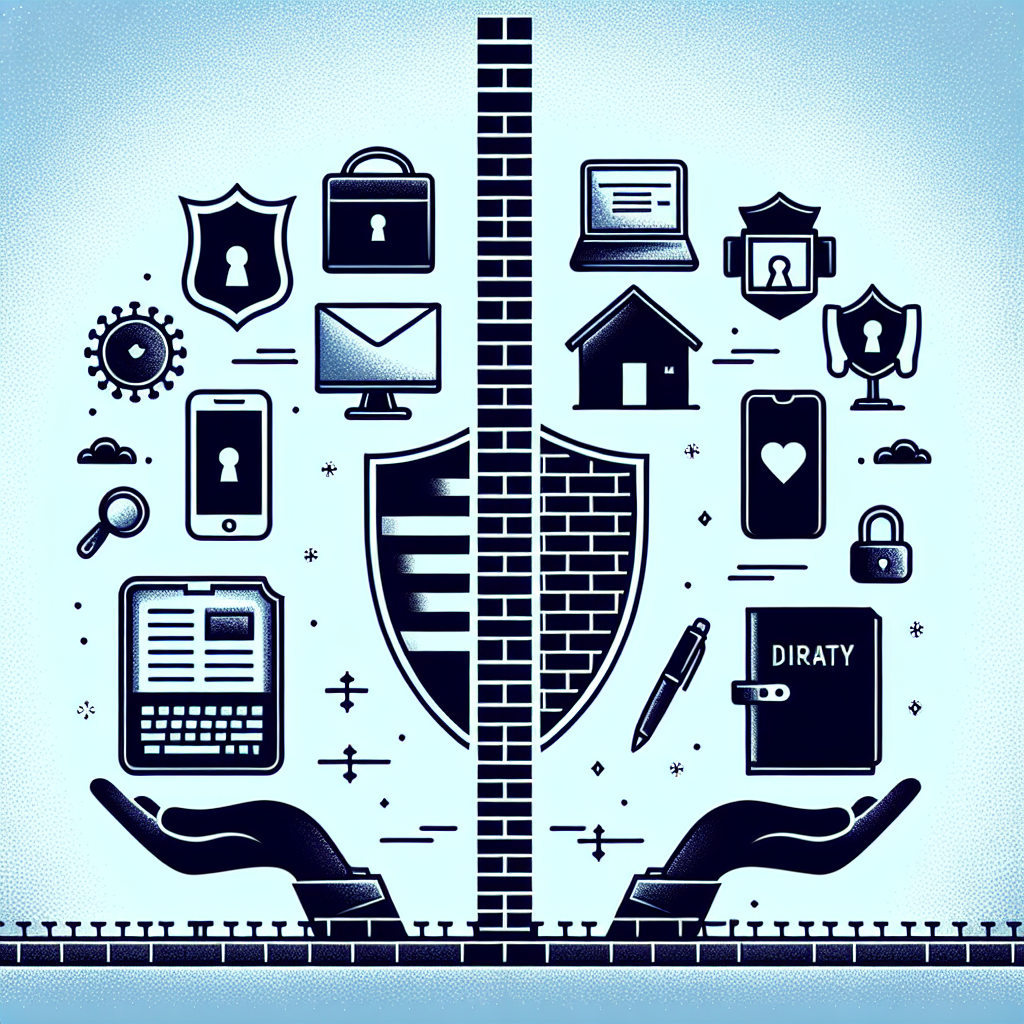How to Spot Signs of Government Monitoring in Your Life
Understanding how to identify signs of potential government monitoring in your life is becoming increasingly important in today’s digital age. Surveillance can range from digital tracking to physical observation. Below are detailed insights into recognizing the indicators of government surveillance.
1. Unusual Online Activity
a. Increased Spam and Phishing Attempts
If you’re receiving a surge in spam emails or targeted phishing attempts, it may indicate that your information is being monitored. Phishing attempts aim to access your sensitive data, and a spike in these activities can signal that someone is interested in your online behavior.
b. Unfamiliar Logins
Regularly check your email and social media accounts for any unusual login notifications. If you receive alerts from unknown locations, it might suggest that someone is accessing your accounts without permission.
c. Ad Targeting
If you notice a significant increase in targeted advertisements on various platforms related to your recent conversations or searches, your data may have been collected. This may suggest that your online activities are being tracked.
2. Device Behavior
a. Increased Battery Drain
If your smartphone or laptop battery drains unusually fast, it may indicate that surveillance applications or malware are running in the background. These programs require substantial processing power, which can affect battery life.
b. Overheating Devices
If your device becomes excessively hot when not in use, it may be a sign of covert monitoring software running. An unexpected increase in temperature, particularly when the device isn’t actively being used, can be a red flag.
c. Unexpected Updates
Monitor for unexpected software updates or installations. If you notice new programs appearing on your computer or unexplained updates to existing software, they could have been installed as part of a monitoring program.
3. Network Monitoring
a. Unusual Data Usage
Keep an eye on your data usage logs. A sharp increase in data consumption may suggest that your device is transmitting or receiving data illicitly. Inspect your mobile data and Wi-Fi usage regularly for anomalies.
b. Unrecognized Devices on Your Network
Regularly review the connected devices on your home network. If there are devices connected that you do not recognize, it might indicate that someone is infiltrating your network to monitor your online activities.
c. Browser History Discrepancies
If you’re noticing entries in your browser history that you do not recall visiting, it can be a sign that someone is accessing your browser without your knowledge.
4. Physical Signs
a. Increased Surveillance Presence
Take note of any unmarked vehicles or individuals who seem to follow you or appear frequently in your vicinity. If you consistently see the same individuals in different locations, it’s worth considering the possibility of being monitored.
b. Unexplained Phone Interference
If you hear unusual buzzing or clicking sounds during phone conversations, this could be indicative of wiretapping. While not definitive proof, persistent interference can raise suspicions of phone tapping.
c. Sudden Changes in Mail Delivery
Abnormal delays, interruptions, or misdeliveries in your mail can signal that your communications are being intercepted or monitored. Be attentive to the reliability of your postal services.
5. Social Media Anomalies
a. Targeted Friend Requests
Be cautious about receiving friend requests from unfamiliar accounts that seem suspicious. These could be government-associated profiles designed to monitor your online interactions.
b. Sudden Privacy Changes
If your social media privacy settings revert to public or if you notice someone accessing your posts that you typically keep private, it may indicate that your accounts are being monitored.
c. Content Removal or Modification
If posts on your social media profile disappear unexpectedly or are modified without your consent, this could suggest unauthorized access to your account.
6. Conversations and Communication
a. Conversations Rerouted or Dropped
If your calls unexpectedly drop or the connection seems poor, it might stem from tracking devices disrupting communication lines. Persistent issues can be a warning sign.
b. Sensitive Topics Triggering Interference
If discussing certain topics leads to static or interruptions during calls, this could be an indication that those conversations are being monitored.
7. Legal Indicators
a. Unusual Requests for Personal Information
If you are frequently questioned about your personal information by unknown individuals or agencies, it may indicate that your activities are under scrutiny.
b. Subpoenas or Law Enforcement Contact
Receiving a subpoena or being contacted by law enforcement without a clear reason can suggest that you are being monitored. Document such incidents carefully.
8. Digital Hygiene and Precautionary Measures
a. Regular Software Updates
Ensure that all your devices have the latest software updates. Regular updates patch vulnerabilities that can be exploited for surveillance.
b. Use of VPNs and Encryption
Utilizing a VPN and encrypted messaging services can enhance your privacy and reduce the risk of unwanted government monitoring.
c. Strong Password Management
Employing a password manager and utilizing two-factor authentication adds an additional layer of security to your accounts, limiting unauthorized access.
9. Community Awareness
a. Engage in Neighborhood Watch Programs
Participating in local community watches can increase awareness about unusual activities in your vicinity and provide shared knowledge about monitoring tactics.
b. Share Information
Discussing concerns with trusted friends or family can help you gather insights regarding surveillance patterns or suspicious activities they may have experienced.
By being attentive to these signs and taking proactive steps, you can better protect your privacy and recognize potential government monitoring in your life. Understanding these indicators will empower you to take necessary action when needed.













Leave a Reply